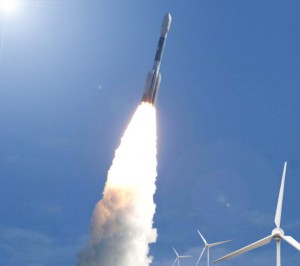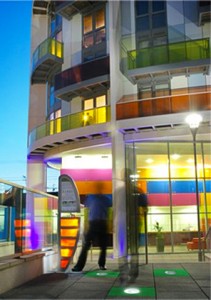
In the small lake of Colignola, Italy, engineers have built a cost-effective prototype for floating and rotating solar panels. Standard solar panels on buildings, or in fields are often criticized for taking up valuable agricultural land, and also for being a bit of an eye-sore. Most standard solar panels are also stationary, only taking advantage of the sunlight for a limited amount of time during the day. They also have a tendency to lose energy through overheating.
The floating solar panels are intended to resolve a lot of these issues. Designed to take advantage of unused areas of artificial reservoirs or disused quarries they would, if placed correctly, hardly be visible from a far. The water would also keep the panels at low temperatures minimizing overheating issues. The reflectors are positioned to maximize solar capture at different times of day, and rotating to track the sun for optimized performance. This should make them more efficient than a traditional installations.
Continue reading “Engineers design solar panels that float and track the sun”



